What is 5.56 Ammo?🧐
This ammunition is a standard rifle cartridge extensively used by military forces around the world. It was developed in the late 1950s by the Armalite Corporation and was first used in the M16 rifle. The ammo is renowned for its high velocity, lightweight, and low recoil, making it ideal for semi-automatic and automatic rifles. In civilian use, it is popular for target shooting, home defence, and small game hunting.
Important To Know😎
History🕰️
This ammunition traces its roots back to the post-World War II era. The need for a high-velocity, lightweight rifle cartridge for the military led to its development. The Armalite Corporation, a small arms manufacturer, first introduced the 5.56 Ammo in the late 1950s, in response to the NATO requirements for a standardized ammo. The ammunition was first employed in the M16 rifle which became a standard issue for the U.S. military during the Vietnam War.
Specifications📐
These NATO rounds are known for their impressive specs. They have a standard weight of 3.95 grams (62 grains) and offer a high velocity ranging from 600 to 920 meters per second (2,000 to 3,020 feet per second) depending upon the type of bullet and barrel length. The bullets are typically copper jacketed, have lead core and have a diameter of .224 inches.
Features🎯
This ammunition is widely recognized and praised for its exceptional performance in both semi-automatic and automatic rifles. With its carefully engineered design, this ammunition showcases minimal recoil, allowing for rapid and precise firing even in intense combat scenarios. Notably, its high velocity contributes to a flatter trajectory, ensuring remarkable accuracy even over extended ranges. The versatility is truly impressive, as it delivers commendable performance not only in home defence, target shooting, and small game hunting but also in various other applications where reliable and accurate ammunition is indispensable.
Watch this video to find more information💻
Applications📝
|
🟡 Military Use |
It is extensively adopted by military forces worldwide due to its high velocity, lightweight, and low recoil. The ammunition’s design allows for rapid and precise firing even in intense combat scenarios, making it the preferred choice for modern warfare. |
|
🟡 Home Defence |
It is also used in home defence. Its high velocity and exceptional accuracy make it a reliable option for protecting one’s home and family. The minimal recoil ensures that users can fire rapidly and accurately, increasing their chances of mitigating threats. |
|
🟡Target Shooting |
Target shooters often favour this ammo because of its accuracy and consistency. The ammunition’s high-velocity results in a flat trajectory, making it an excellent choice for target shooting at varying ranges. |
|
🟡 Small Game Hunting |
It is also popular among small game hunters. Its high velocity and lightweight allow for rapid, accurate shots, making it ideal for hunting small, fast-moving animals. |
|
🟡 Law Enforcement |
Law enforcement agencies commonly use this ammo in their service rifles due to its reliability and accuracy. It allows officers to respond quickly and effectively in high-pressure situations, ensuring public safety. |
|
🟡 Competitive Shooting |
In the realm of competitive shooting, this ammo is a popular choice. Its accuracy, coupled with its manageable recoil, allows competitors to achieve consistent, precise shots, which is crucial in competitive scenarios. |
Types🧨
FMJ is the most common type. It features a soft lead core surrounded by a shell of harder metal, usually copper. This design improves the bullet’s durability while preventing lead from accumulating in the barrel. It’s often used for military training, target shooting and plinking.
Soft Point ammo is designed to expand upon impact, increasing its effectiveness for hunting and self-defence. The exposed lead at the tip of the bullet allows for more energy transfer to the target, resulting in a larger wound channel.
Hollow Point ammo features a small hollowed-out area in the tip of the bullet, causing it to expand upon impact, maximizing tissue damage and stopping power. It’s commonly used by law enforcement and for self-defence, but it can also be used for hunting small games due to its terminal performance.
OTM ammo is engineered for precision. These bullets have a small opening at the tip but are not designed to expand like a hollow point. Instead, they are manufactured to exact tolerances to ensure consistent performance, making them a favourite among competitive shooters.
Best 5.56 Ammo Reviews
1# Winchester Lake City – 5.56mm – 62 Grain – 20 Rounds
The Winchester Lake City 5.56mm ammunition is perfect for target practice, plinking, or varmint hunting. This ammunition is loaded with a 62-grain full metal jacket bullet and is sure to provide you with the accuracy and performance you expect from Winchester. Whether you are shooting at the range or in the field, you can trust the Winchester Lake City 5.56mm to get the job done.
2# FMJ – Winchester Lake City – 5.56mm – 62 Grain
The FMJ – Winchester Lake City – 5.56mm – 62 Grain is high-quality rifle ammunition that is flawless for target practice and plinking. It is manufactured by Winchester, a trusted name in the firearms industry, and features a full metal jacket bullet that is 62 grains. The muzzle velocity of this ammunition is 1255 ft/s, making it one of the fastest bullets on the market. It is also very accurate, thanks to the manufacturing process that Winchester uses. When you use this ammo, you can be confident that you will hit your target every time.
3# FMJ – Winchester Lake City – 5.56mm – 55 Grain – 1000 Rounds
Looking for a high-quality, affordable bulk pack of 5.56mm ammo? Look no further than Winchester’s Lake City M193 Rifle Ammunition. This 1000-round pack offers full metal jacket bullets ideal for target practice, plinking, and varmint hunting. With a muzzle velocity of 3240 feet per second, you’ll enjoy incredible accuracy and power with every shot. Don’t miss this great opportunity to stock up on Winchester’s world-famous ammunition.
4# FMJBT – Aguila – 5.56mm – 62 Grain – 1000 Rounds
Aguila’s 5.56mm FMJBT 62-grain ammunition is outstanding for high-volume shooters who demand consistent performance and reliability. This 1000-round case is a great value for those looking to stock up on quality ammo. The full metal jacket boat tail design provides increased accuracy and muzzle velocity, while the 62-grain weight makes this ammo ideal for most applications. Order your Aguila 5.56mm FMJBT 62 grain ammo today and be prepared for whatever the range or the field has in store.
5# G9 Defense – 5.56mm – 54 Grain – 20 Rounds
The G9 Defense 5.56mm 54 Grain External Hollow Point Cooper Pistol Ammunition is an exceptional choice for those who want the best possible performance from their firearms. The CNC manufacturing and powder selection ensure that you get great expansion and 18in of penetration with nearly 100% weight retention. The reliability is exceptional, making this a faultless choice for those who demand the best from their ammunition.
Reloading 🔄
Reloading can provide a host of benefits, ranging from cost savings to the ability to fine-tune loads to maximize accuracy. It’s a process that, while requiring meticulous attention to detail, can yield rewarding results for shooting enthusiasts.
Advantages 🎯
Reloading ammunition allows for customization of loads, enabling shooters to optimize the performance of their firearms. It can offer substantial cost savings over buying factory ammunition, especially for high-volume shooters. By re-using brass, shooters reduce waste, making reloading a more environmentally friendly choice.
Necessary Equipment 🔧
A basic reloading kit typically consists of a reloading press, reloading dies for the specific calibre (in this case 5.56), a scale for measuring powder, a powder dispenser, callipers for measuring overall length, a primer tool, and a case trimmer. Other helpful tools include a case cleaner, a case lubricant, and a bullet puller.
Step-by-Step Guide 📒
- Case Inspection and Cleaning – Inspect the used brass for any visible defects. Clean the brass using a case tumbler or ultrasonic cleaner to remove any dirt or residues.
- Resizing and Decapping – Use your resizing die on the reloading press to reshape the brass back to its original dimensions. This process also removes the spent primer.
- Primer Pocket Cleaning and Swaging – Clean the primer pocket to remove any remaining residues. If needed, swage the primer pocket to remove any crimps left from previous primers.
- Trimming and Chamfering – Trim the case to the correct length using a case trimmer. Chamfer the case mouth for easier bullet seating.
- Priming – Using a priming tool, insert a new primer into the base of the case.
- Powder Charging – Measure and dispense the correct amount of gunpowder into the case using a powder measure and scale.
- Bullet Seating – Place a new bullet on top of the case and use your seating die to press it into place.
- Crimping – If desired, crimp the case mouth around the bullet using a crimping die.
Cleaning 🧽
Cleaning the brass is one of the essential steps in the reloading process. A case tumbler with either walnut shell or corn cob media is a common method of cleaning brass. Ultrasonic cleaners or wet tumbling with stainless steel media are also effective methods that can provide greater cleaning, inside and out, including the primer pockets.
Safety Rules 🔒
Safety is paramount when reloading ammunition. Always wear safety glasses to protect your eyes from potential hazards. Make sure to handle gunpowder and primers in a well-ventilated area, away from open flames or sparks. Follow load data from trusted sources, and do not exceed recommended powder charges. Keep detailed records of your loads.
Storage Rules 📦
Store your reloaded ammunition in a cool, dry place, away from heat sources or moisture. Ammunition should be stored in labelled containers that list the calibre, bullet weight, type of powder, and powder charge. This can prevent confusion and ensure safe and reliable use of your reloads.
We believe this video can be helpful for you📺
FAQ ❓
Conclusion🤩
In conclusion, the 5.56x45mm NATO ammunition is a versatile and highly efficient rifle cartridge that has proven its worth in various applications. Its impressive velocity, low recoil, and lightweight nature make it a trusted choice for military operations, law enforcement, home defence, and hunting. Whether it’s FMJ, Soft Point, Hollow Point, or OTM, each type offers unique advantages tailored to specific situations. From competitive shooting to target practice, its use is widespread, reflecting its reliability and high performance. It’s clear that this ammo stands as a testament to the blend of engineering and innovation in the realm of ammunition creation
Affiliate Disclosure: Rotorm.com sometimes gets paid for listings, through sponsors or affiliate programs like Amazon, Optics Planet, Lucky Gunner, Brownells, Cabelas, Rainier Arms, 5.11 Tactical, Bass Pro Shop, etс. Clicking a link helps keep Rotorm.com free, at no extra cost to you!
About the author: Each article on our site is written by experts in survival and tactical equipment, gun enthusiasts, extreme travelers, military, law enforcement and desperate professionals, read about the author at the bottom of the article or visit "About Us" page.
Note: The views and opinions expressed in this article are those of the authors and do not necessarily reflect the official policy or position of any agency.

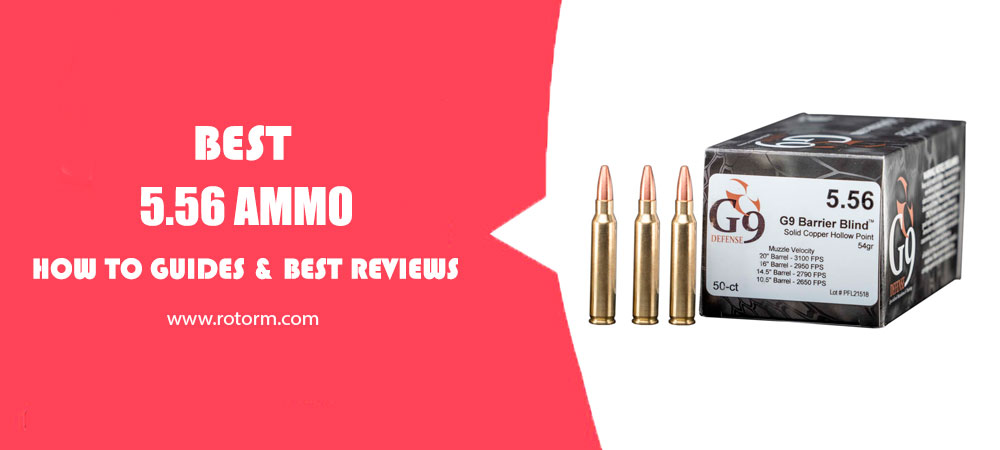
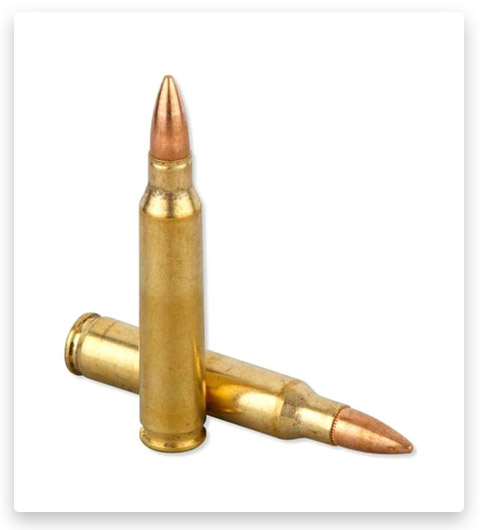
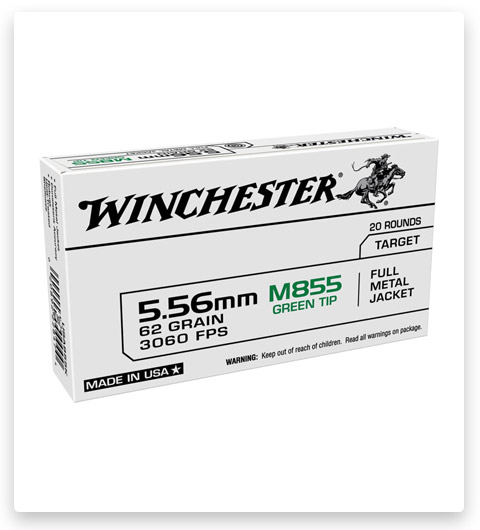
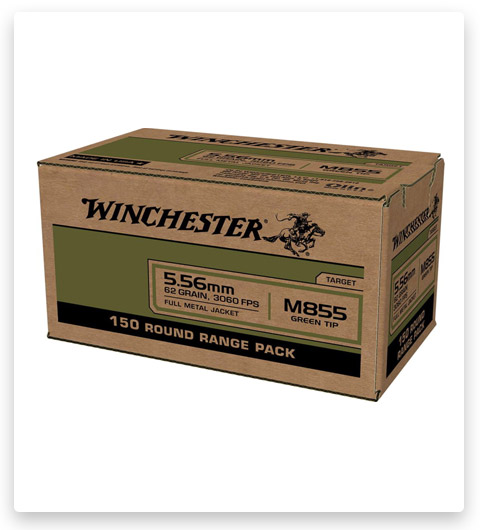
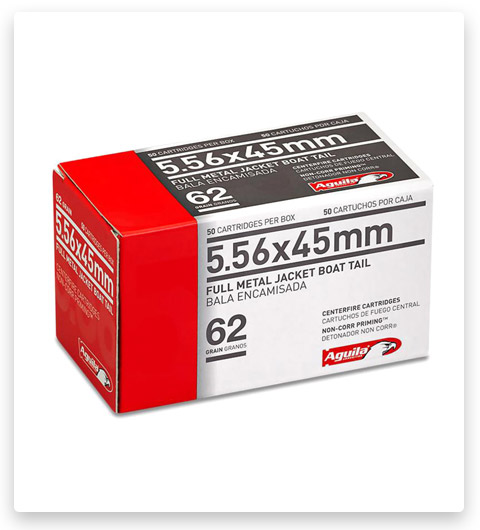
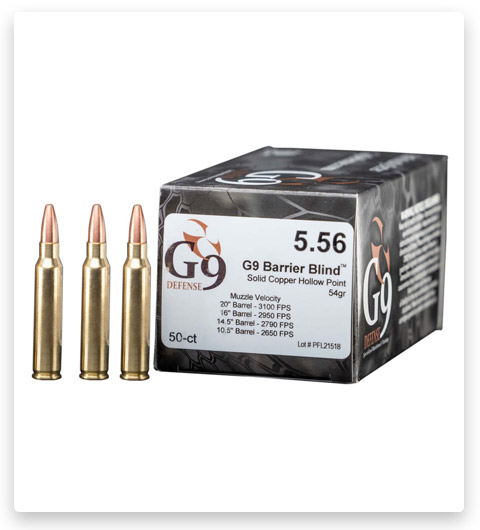
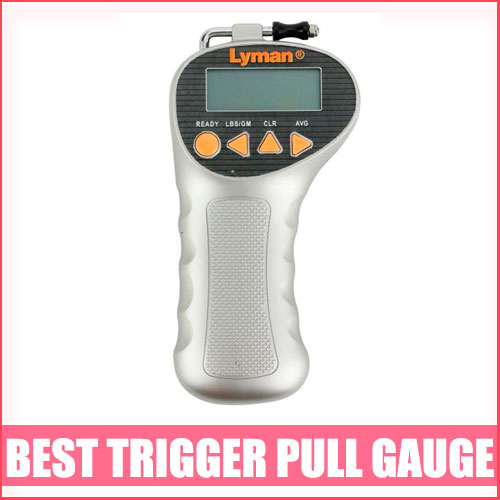
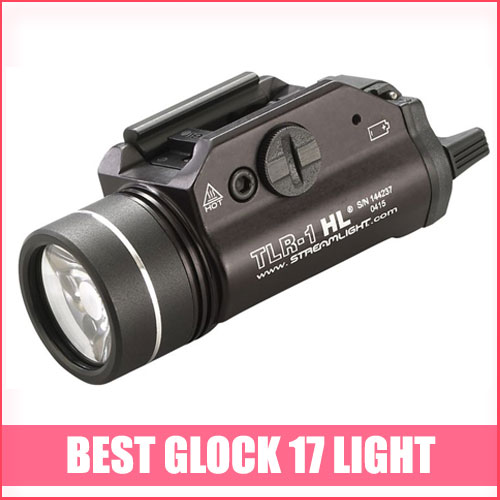
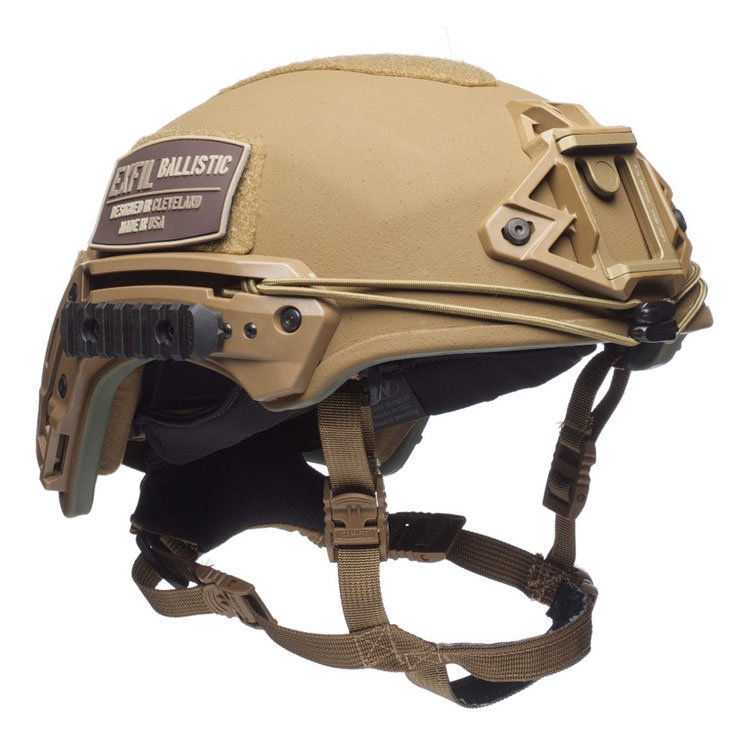

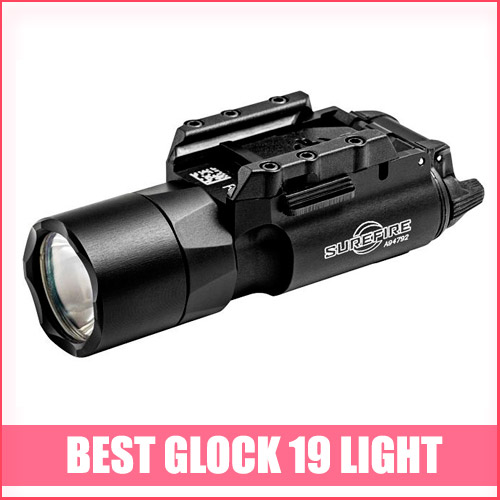
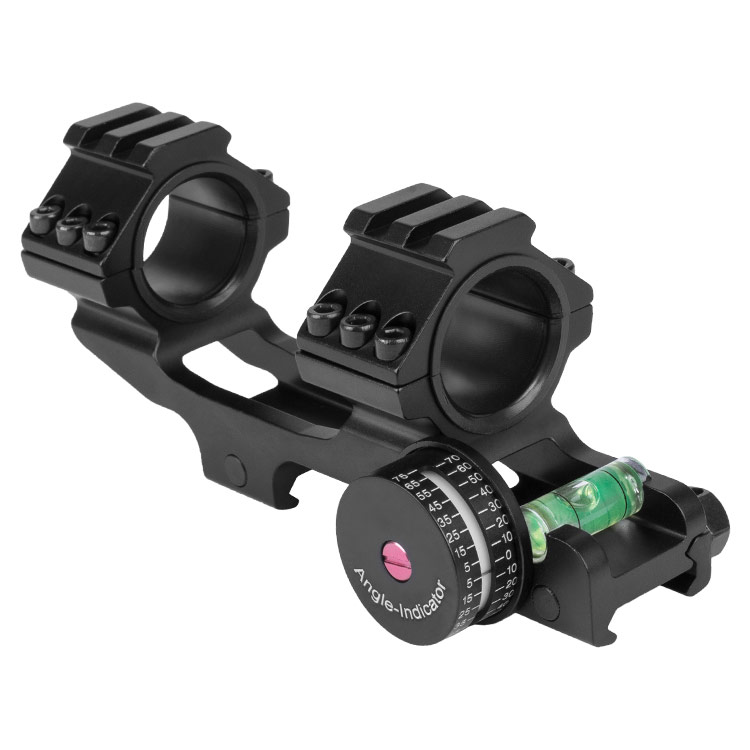
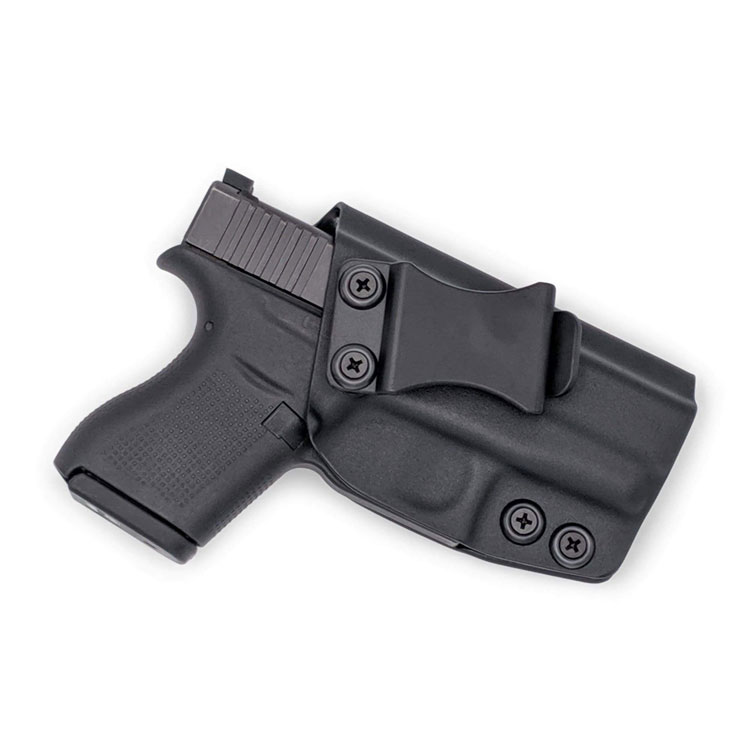
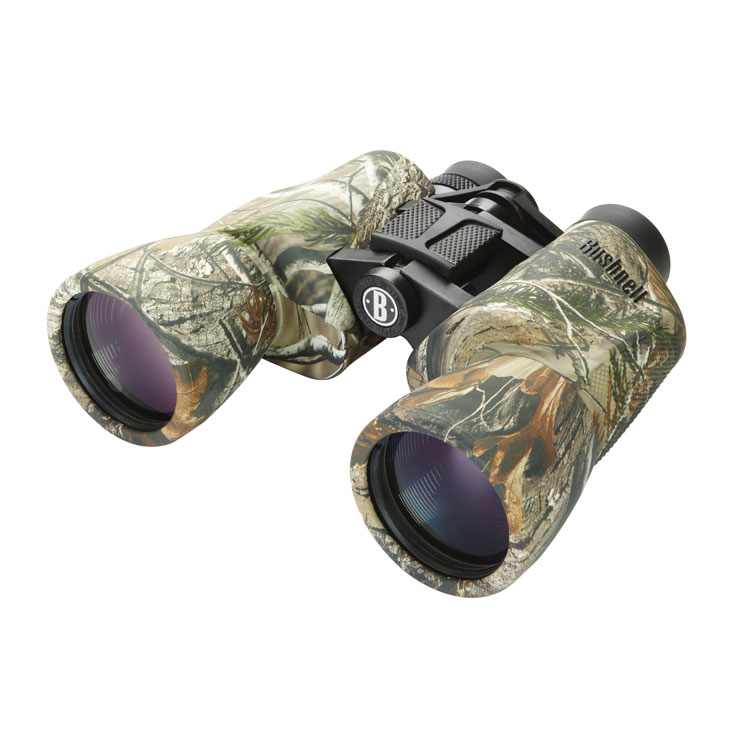
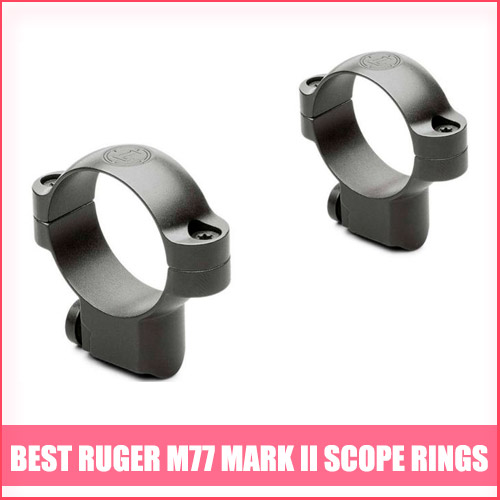
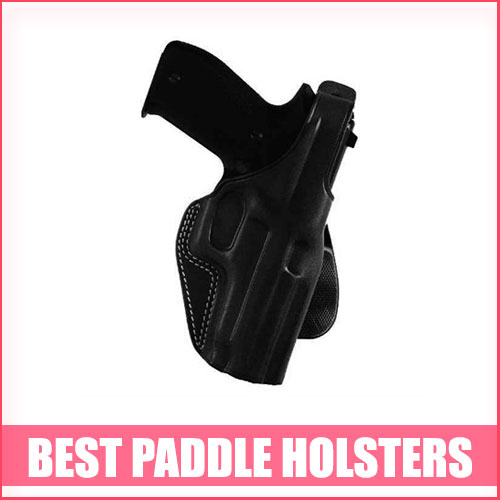
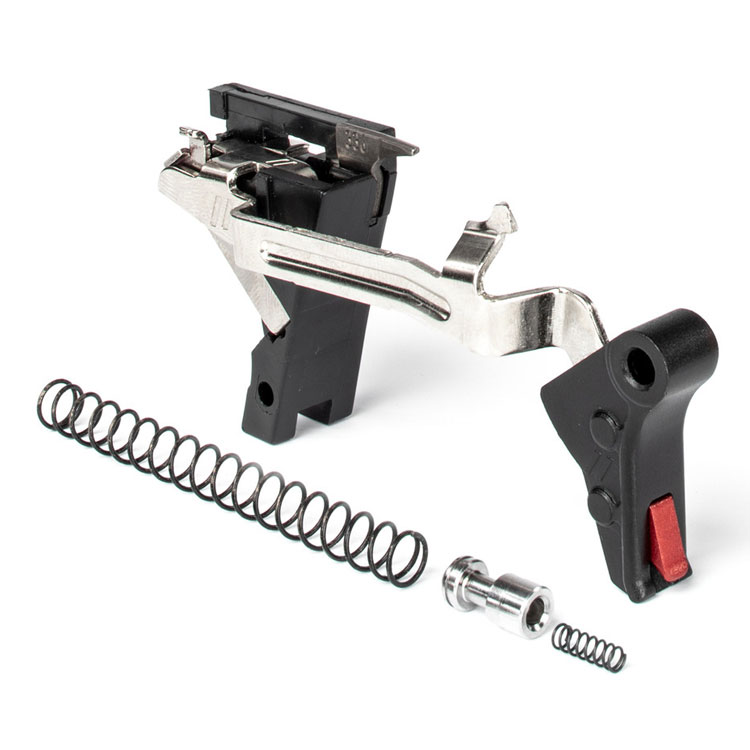
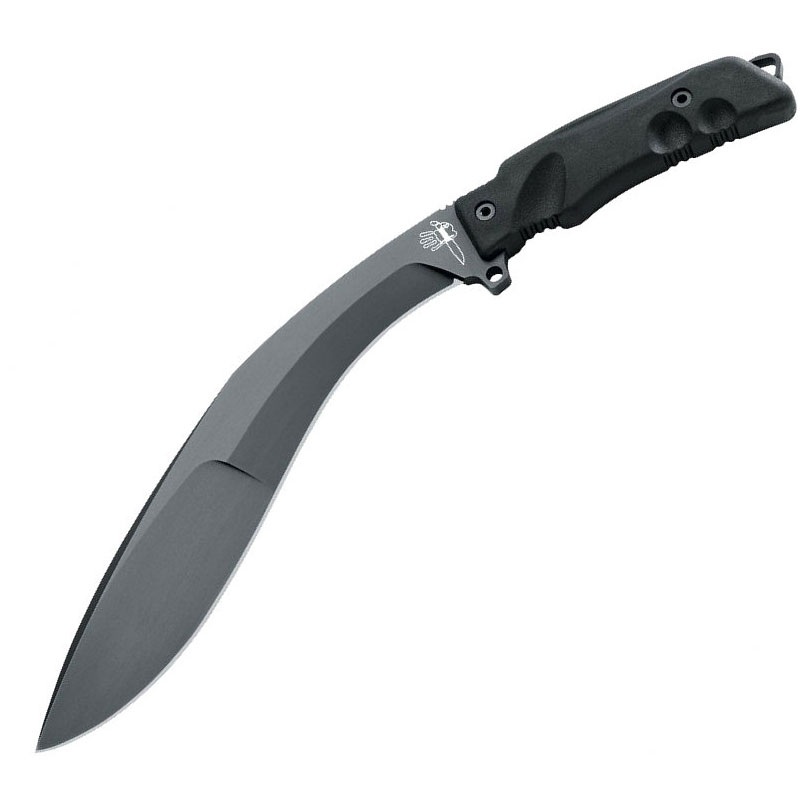
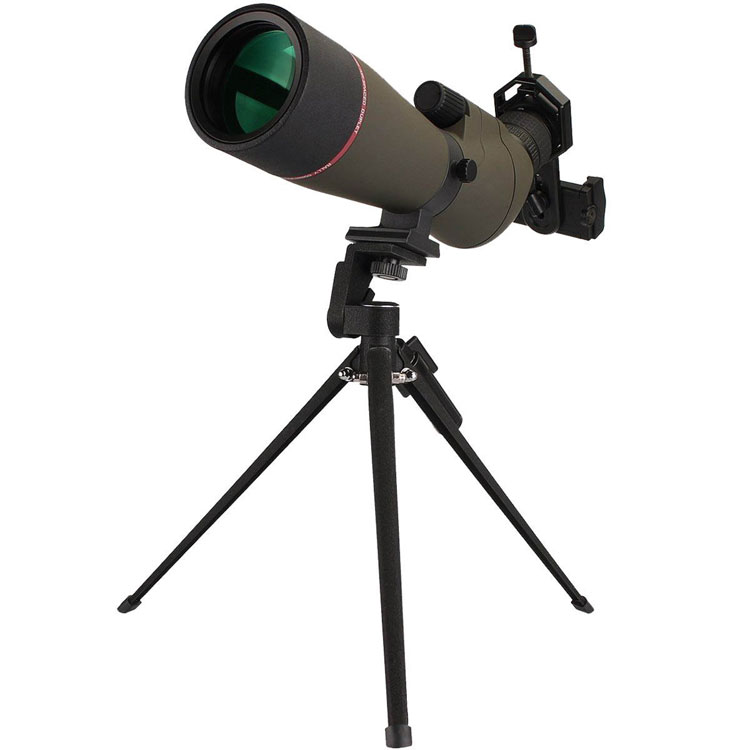
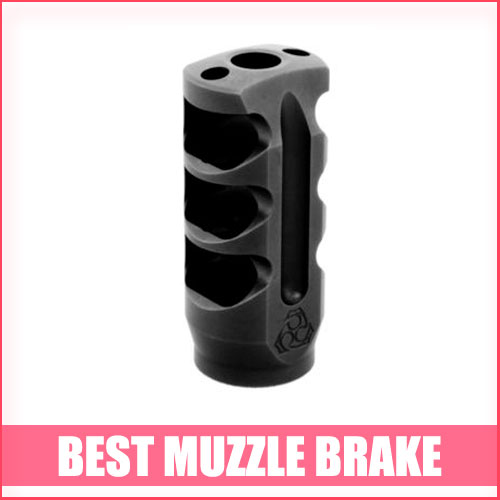
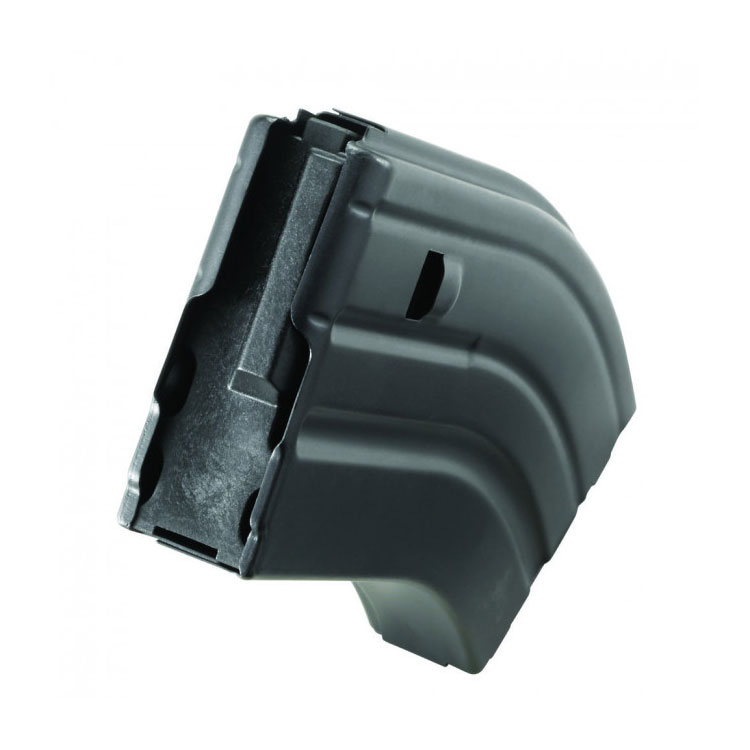
Greetings. How available is 5.56 ammo for civilian purchase?
The availability of 5.56 mm ammo for civilian purchase varies depending on the location. In some areas, it may be readily available, while in others, it may be more difficult to find. This is due to a number of factors, including:
💡 Current events: The availability of ammunition can be affected by current events, such as wars or political unrest. In times of high tension, there may be a greater demand for ammunition, which can lead to shortages.
💡 Government regulations: Government regulations can also affect the availability of ammunition. For example, some countries have strict gun control laws that make it difficult to obtain ammunition.
💡 Economic factors: The availability of ammunition can also be affected by economic factors, such as inflation or supply chain disruptions. These factors can make it more expensive or difficult to obtain ammunition.
🏁 In the United States, the availability of 5.56 mm ammo for civilian purchase is generally good. However, there have been some shortages in recent years, due to a number of factors, including the COVID-19 pandemic and the 2020 presidential election.
If you are looking to purchase 5.56 mm ammo, it is a good idea to shop around and compare prices. You may also want to consider buying in bulk, if possible. It is also important to be aware of the current laws and regulations in your area, as these can change frequently.
And I liked the comparison with 223. The distinction in accuracy between 5.56 and .223 is of such marginal nature that approximately 90% of shooters, myself included, possess such proficient marksmanship that they wouldn’t discern any significant variance.
A notable distinction exists between 5.56 NATO and .223 Rem ammunition in terms of primer hardness. Military surplus (mil-surp) ammunition typically features harder primers compared to civilian-grade rounds. This difference can lead to potential issues in firearms originally designed for .223 Rem. For instance, when I tested Federal M193 ammunition in my Savage 110 rifle, I encountered several instances of light primer strikes. Interestingly, this occurred exclusively with the mil-surp M193 rounds, as I fired a mix of these and civilian cartridges during that range session. Evidently, the firing pin spring in my Savage 110 proved insufficiently rigid to reliably ignite the harder primers found in mil-surp ammunition.
Interesting! Especially about 7,62 nad 5.56. After utilizing the 7.62 for nearly half of my service and transitioning to the 5.56 for the remaining duration, the prominent distinction between the two lies in their stopping power. I’ve personally witnessed instances where the smaller round was halted by standard webbing.
And range! Amidst the rugged terrain of Afghanistan, American soldiers armed with M4 rifles encountered a notable challenge: adversaries positioned more than 300 meters away seemed largely impervious to their gunfire. In contrast, the opposing forces, wielding .30-caliber AK-47s and even the formidable Mosin-Nagant battle rifles, could return fire without hindrance. These century-old .30-caliber battle rifles were conceived to deliver lethality at distances up to 2,000 meters. In contrast, the .223 caliber round was tailored for far humbler purposes, akin to being effective against much smaller targets.
Thank you for the post. One more thing: the primary intent behind the creation of the 5.56 caliber was to enhance the rate of fire within a rifle squad, with any additional advantages being of secondary importance.
Thank you for sharing your thoughts 👍
Hello! How to choose the necessary 5.56 round?
The best 5.56 round for you will depend on your intended use, budget, and personal preferences. Here are some factors to consider when choosing 5.56 ammunition:
✅ Intended use: Are you using the ammunition for self-defense, hunting, or target shooting? The intended use will determine the type of bullet you need. For example, self-defense ammunition should expand quickly to create a large wound cavity, while hunting ammunition should penetrate deep to reach vital organs.
✅ Budget: Ammunition prices can vary depending on the brand, type of bullet, and grain weight. It is important to set a budget before you start shopping so you do not overspend.
✅ Personal preferences: Some people prefer heavier bullets for more stopping power, while others prefer lighter bullets for better accuracy. Ultimately, the best way to choose the best 5.56 round for you is to try out different types and see what works best for you.